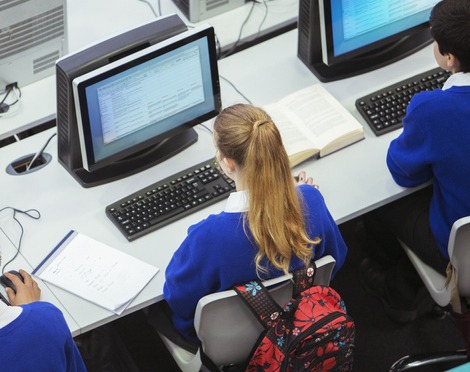
As reported by the BBC, a quarter of England’s state grammar schools still let in hardly any poorer children, despite most trying to improve their admissions policies
Out of 160 grammar schools, 113 now have quotas or give high priority to disadvantaged children and the government says it’s reviewing how to make grammars more inclusive.
The concern that grammar schools have become the preserve of better-off families has led to pressure for change.
Grammars educate just five per cent of secondary pupils in England – but their existence in a local area affects more than just the pupils who go there. For every grammar school pupil, roughly three more go to nearby secondary modern schools.
There is evidence that these children do less well at GCSE level than those pupils in areas where there are no grammars, only comprehensives, a parliamentary research briefing says.
The latest BBC analysis found that in a quarter of the 160 grammar schools, fewer than five per cent of children were eligible for pupil premium support – which is linked to free school meals and used as a measure of disadvantage.
In contrast, only 13 of the more than 3,000 other state secondary schools across all of England have such a low level of pupils from the poorest families.
Seven years ago, the BBC found that most grammar schools did not have policies aimed at making it easier for children from the poorest families to get a place.
The new investigation has found that three times as many grammars have a quota of places for poorer pupils than in 2016, a few have lowered their entrance test pass marks for poorer pupils, a small minority still give no priority to disadvantaged pupils at all and overall, grammar school places have increased by 19%.


Be the first to comment